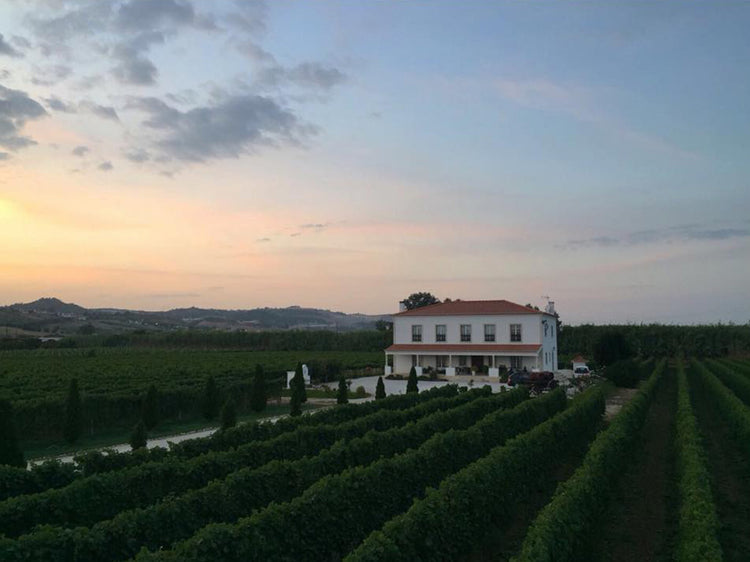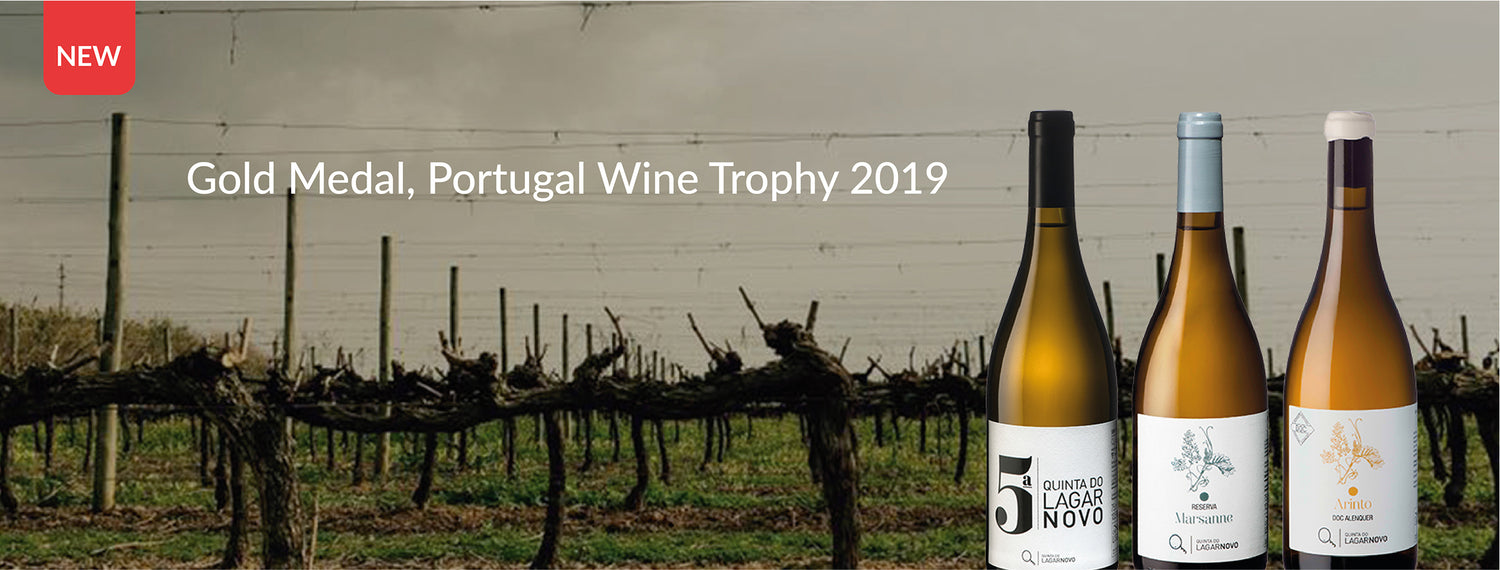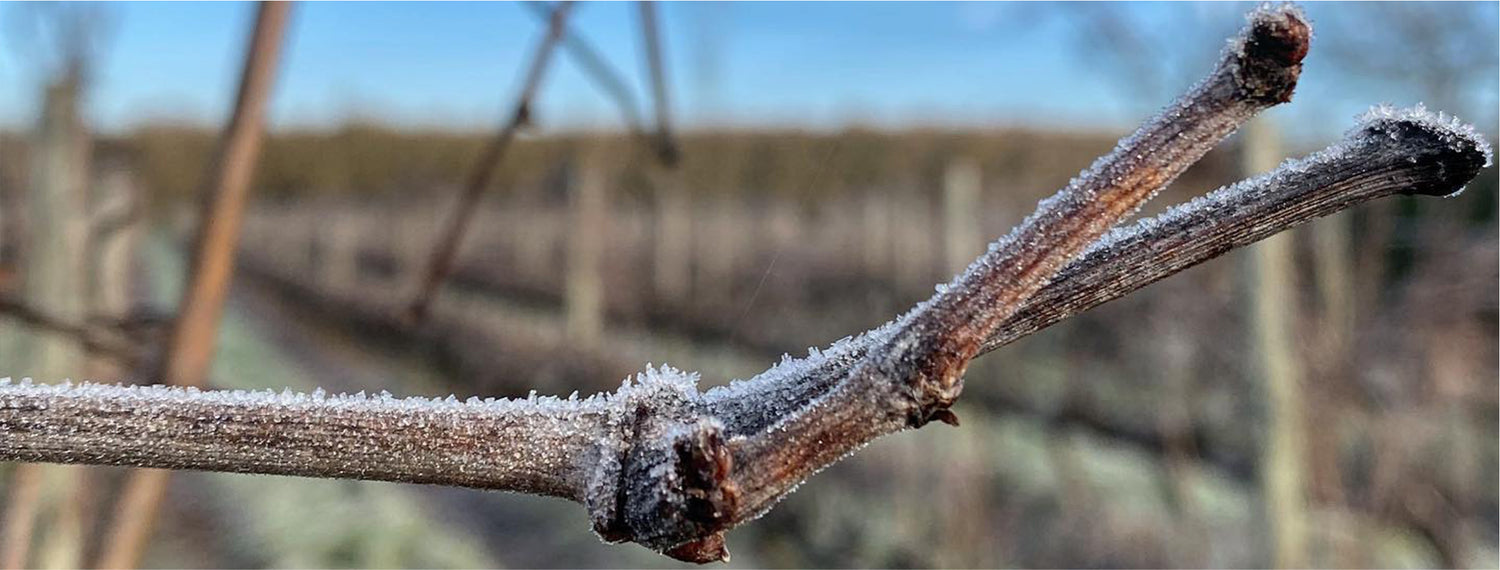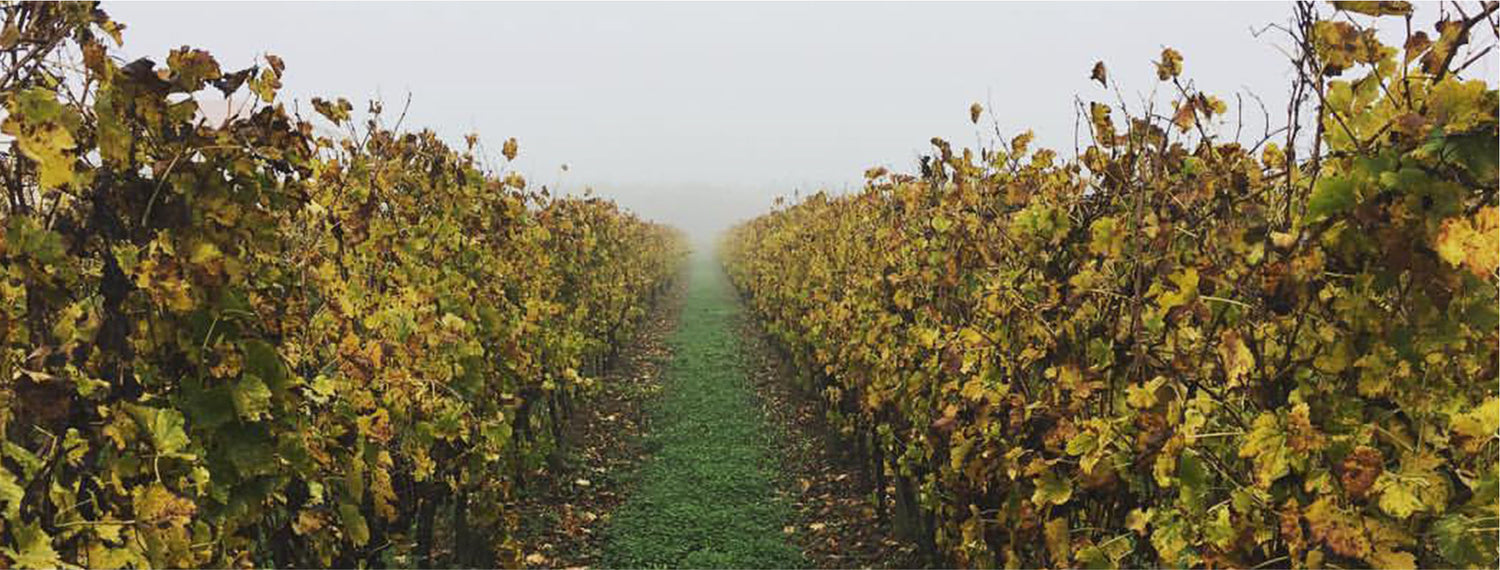Collection: Quinta do Lagar Novo

About the Producer
The trilogy composed by family, property and signature wines, illustrates this project, acknowledged by the difference and quality of its white wines. Yes, white wines. And how good they are! This is a project where the red wine does not have a place. By the harvest period, all the grapes have a yellow color or golden yellow, because here at the Quinta do Lagar Novo there is only room for white wines.
The white wine already had a tradition and distinct reputation when the Estate, very near Alenquer, was acquired by the Elias Gonçalves de Carvalho family in the 40’s of the 20thCentury.
At the time, there were still red and white grapes. But the white wines were always the main attraction whenever Elias Carvalho sold its wines to the wholesalers. They were complex wines made from Fernão Pires and Jampal, very aromatic wines with a fantastic aromatic intensity, well appreciated, as opposed to the more ordinary reds.
Therefore, this small property, which since 1742 is called Quinta do Lagar Novo, turned its page in 2005, after more than 30 years of table wine production. A new era started, with the restructure and plantation of vitis viniferas varieties. In fact, it was not possible to trick the destiny and the white wines were once again the estate’s trademark. There are only 5 hectares of vineyards, set up according to the best viticultural techniques, under the close orientation of property owner Luís Elias Gonçalves de Carvalho.
Known in the industry as Engineer Luís Carvalho, it was in this Estate that he was born and ever since young age, he got used to see and admire the vineyards, the wine, the wine house, and ever since he felt a strong tie with this subject. The destiny was set, it was written! Assuming the family legacy, he studied agronomy, being mentored by some of the most illustrious personalities of that area. He worked at the Ministry of Agriculture, followed by multi viticulture jobs across the entire country, but specially in Alenquer, where he was connected to an array of different projects, well known by their quality. Some of that quality deriving from his wines. The passion for wine prevailed. It was the right time the finalize the experience, the knowledge from work which he earned across the time. After all it was 50 years of labor work.
Based on the experience from the past, based on the technical and scientific knowledge and interpretation of the local ecology, there was no doubt whatsoever that the solution to attain high quality wines, could have been only through white wines. A group of concepts and a group of fundamental techniques were turned into action so that the quality of the vineyards, along with the finest materials are maximized.
Even the selection of varieties was unorthodox. In addition to the national ones, Arinto and Moscatel, they are recognized by the use of Viognier, Chardonnay and Marsanne. This last one, much lesser known to the great majority, being a just a few, the number of producers that work with it. Marsanne is the most popular white variety in the region of North Rhône, specially on the prestigious Hermitage, area where the fruits reach their best expression. At Quinta do Lagar Novo, one takes advantage of the richness of the full taste and unctuous body. In the end, the option of variety selection fell in an array of factors, of high oenological merit, capable of adding quality and distinction to the white wine’s scene in Portugal.
This is, after all, a family project, in which the entire family participates. The three siblings actively participate and contribute. Their children are currently following various professional ways in areas their input can be valid to the business. In charge of winemaking is Tiago, viticulture is under João. No one is left out.
From these lands of clay-limestone, structured white wines are made, without an aromatic “show off”, vibrating and succulent, of an incredible potential to keep. One solely uses indigenous yeasts; a good part of the wines ends its fermentation in high quality oak barrels. The productions, always small, go from 1200 until around 8000, the majority is availed on the market after a considerable time for integration.



